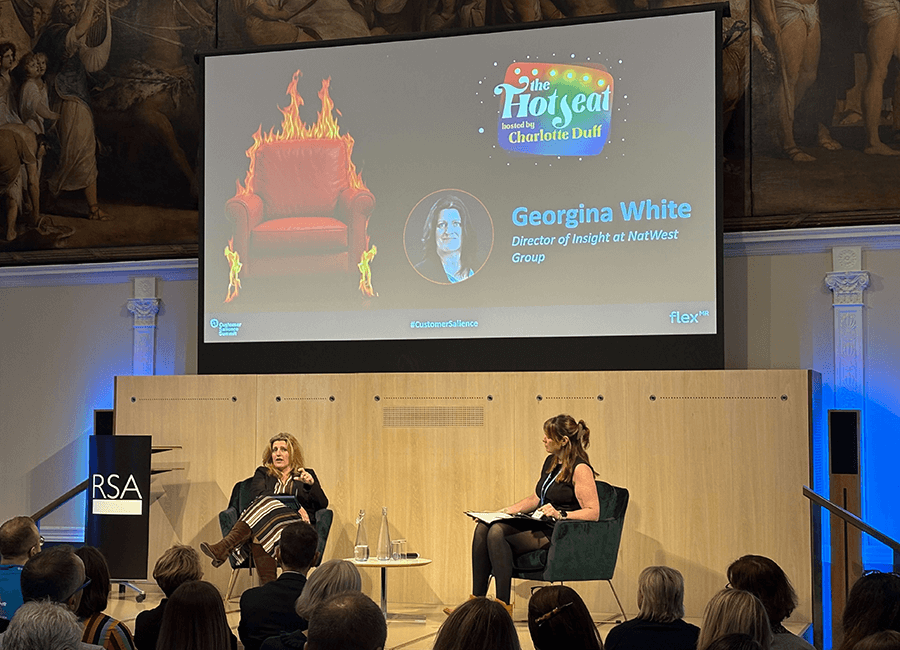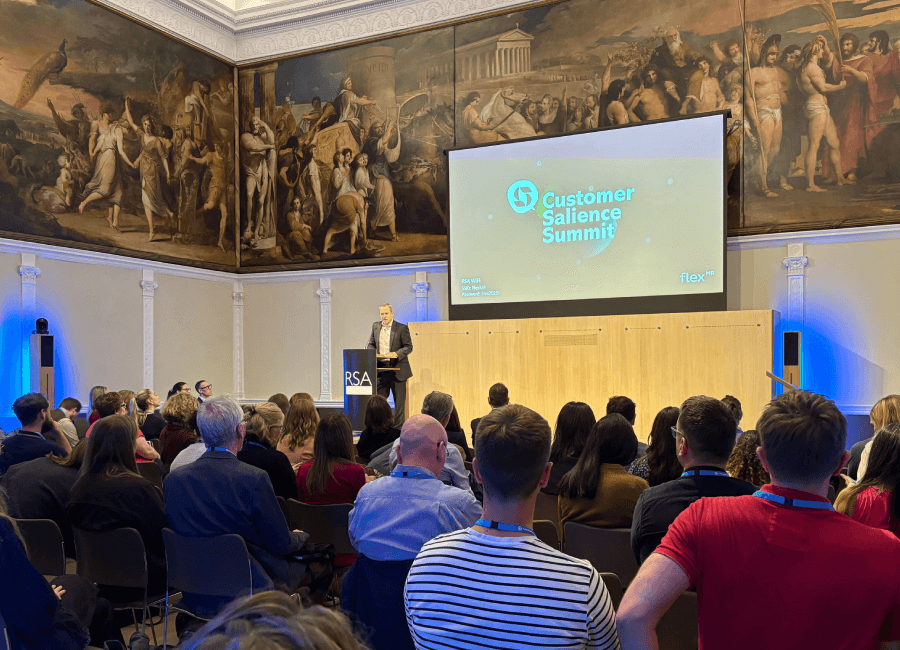It is fascinating – and challenging - to see how different the insights landscape it now compared to when I started in my research career 23 years ago. Even more to reflect on what it was like when ESOMAR was formed 75 years ago. There are so many differences, many of them stemming from the changes that technology disruption has brought. And yet, even with these changes, insight has never been more important to organisations than it is today.
Brands need to inform every decision with insight, not just a few. To achieve this, organisations must change; both on the client-side and the agency-side of the industry.
This applies to ESOMAR, too. We have to ready our people and organisations for new ways to bring data, research and analytics to life. This requires us to innovate and adapt, taking the long-standing traditions of our industry – rigour, analytical skills, sampling control etc - and re-imagine them for the 21st century. ESOMAR has always stood behind these great traditions, the very foundations built on rigour and academic standing.
| Tweet This | |
| ESOMAR has both stood by research tradition, and evolved into the 21st century. But to be fully integrated into commercial, academic and societal disciplines - we must innovate further. |
Yet adapt we must. As I reflect on my time in the industry, I realise that willingness to embrace change has always stood me – and the organisations I am involved with – in a good place. I’d like to see ESOMAR broaden the appeal of research, data and insight for all, pulling in from client-side researchers and embracing all forms of feedback from the CX, UX, Res Tech and Big Data arms of a wider data, insight and analytics industry. I now seek the opportunity to put something back into the institution that helped provide me opportunity; to help it adapt and to bring the same joy to a new, even broader base of people.
Below, I've written a short explanation of the change I've seen over my years in the insight industry and why I believe this will serve me well as a part of ESOMAR Council. If you'd rather watch my pitch, I've also included a short interview you can watch first.
The Foundational Years
When I started out in Market Research, the foundation of the insight industry was in rigorous data collection and analysis methods, characterised for a clear distinction between the role of the client and that of the agency. When businesses needed to inform a decision, they bought-in relevant data that they could trust.
The role of the research agency was to collect balanced samples of data, provide rigorous analysis and a third-party independent view on how to interpret that data. There were no sophisticated point-of-sale terminals, cloud computing and internet collection techniques that could provide a ready stream of cheap data. Agency business models were largely based around rigorous data collection. Yes, there were consultancies that operated differently, but in the main, they were more management consultancies than MR agencies.
The Era of Innovation
It was the next decade that brought about serious change as online data collection became a necessary and fundamental part of the industry repertoire – and disruptive change.
The research industry began its biggest shift; technologies began to disrupt the nature of the client-supplier relationship. As data became democratised – more data became more easily available at the finger-tips of client-side decision makers - the very foundations of an industry based on third-party data collection began to shake. Now it was possible for decision makers to run surveys, to analyse data in-house and early dis-intermediation of agencies took place. A new model of client-side research teams began to emerge.
This was also the period where I really cut-my commercial teeth. I was fortunate to be able lead the management buyout of the boutique agency I had been Research Director at. This was great personally but wasn’t without its challenges. I had spent a lot of my career to date researching and reporting on the way that the internet was changing consumer behaviour. As a strategic research house we had led seminal syndicated studies about the .com boom, predicted it’s crash (with ethnographic insights), foresaw omni-channel servicing and commented on the massive impact that smartphones and tablets would have. Our first decision was therefore to invest in online data collection methods, build online technologies and begin a phased approach to move away from telephone survey collection. What we didn’t foresee was the economic crash of 2009.
The real learning at that time wasn’t actually the need to innovate and invest in online research, it was learning to adapt business models to be more robust and future-proof. We survived the crash, but only because of luck. That led to my next big step, founding FlexMR and investing in building a more robust business model. This led to re-shaping the business to be around technology, software development and learning about SaaS businesses.
The Interconnected Age
During this time business models have adapted further and we have seen an explosion of SaaS-based businesses replicated across the industry using a mind-boggling variety of technologies! We have all been forced to innovate and adapt our businesses to survive in a very different landscape to the one of twenty years earlier. This has led to clients embracing the role of data collection and analysis themselves, with a serious change in tradition that signals a new, exciting future of collaborative working and a more modular, layered approach to projects.
This empowers client-side researchers to be central to decision-making across the whole business and enables businesses to inform every decision, rather than just a handful of strategic ones. We, at FlexMR, have also embraced this future and have seen first-hand how it also requires re-thinking employee structures, recruitment strategies and training. As a minimum it required a lot of internal coaching given researchers genuinely feared for their jobs.
What has come to pass has been a growth in our research teams and the industry – the ESOMAR Global Market Report has shown market expansion again this year.
Today, we see a very connected world, where technology is at the core of everything we do. We have hybrid working models with hybrid client-servicing models, too. We are already predicting a need to change the way we report insights, to make them more fluid, more easily disseminated, more collaborative and yet more influential by getting closer to the point of actual decision. We are seeing client-side teams taking on a greater role in data collection, analysis and consulting. These are big shifts and a long way from 23 years ago, let alone 75 years ago!
| Tweet This | |
| The world today is connected: technology is at the heart of industry, hybrid commercial models have matured, research is becoming more influentual. And change continues to arrive. |
ESOMAR is central to this shift. The foundations built on rigorous data collection, academic frameworks and robust delivery still stand, but we have got to prepare it for a changing data and insights landscape; to ready our people and organisations for new ways to bring data, research and analytics to life. To do this we must embrace a far broader membership, one that pulls from the CX, UX, Res Tech and big data arms of a much bigger data, insight and analytics industry.
To help ESOMAR do this, I bring my passion for innovation, my commercial acumen and a drive for inclusion. This industry has given me a lot; the chance to fulfil my ambitions – and more – to advise many great companies and meet so many brilliant people. I now seek the opportunity to put something back into the institutions that helped provide me that opportunity; to help it adapt and to bring the same joy to a new, even broader base of people.
Specifically, I will look to use my commercial skills to sharpen our focus on broadening and growing the membership, driving new revenue growth and perhaps, most importantly of all, work to ensure we find new ways to open-up our industry for all.


















